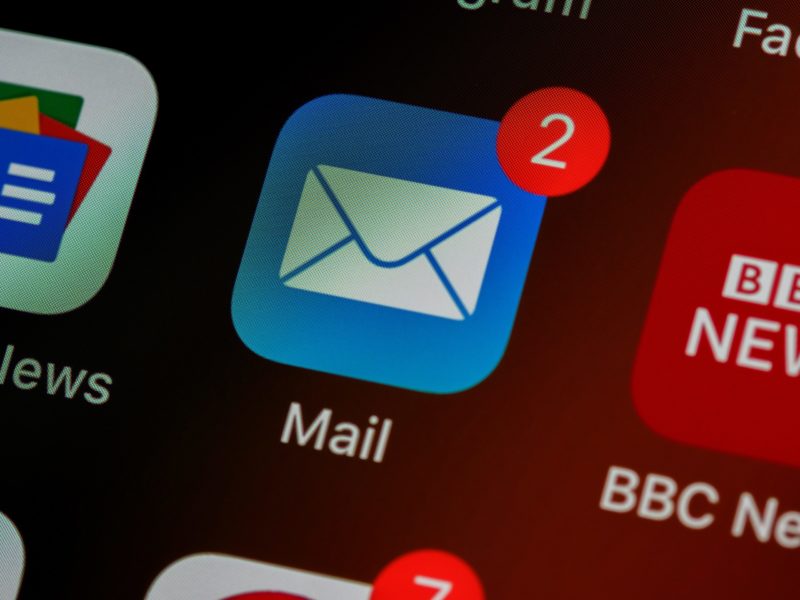Along with attending meetings, nothing dominates our workday more than tending to email messages. But does this have to be the case? Instead of allowing email to dictate how we spend our work lives, let’s put it back into the place where it belongs as just another tool that adds to rather than diminishes our overall productivity.
In my work coaching clients, I ask them to report how they spend their workday, and they so often report that they are consumed with back-to-back meetings all day every day. This is obviously not optimal and it needs to be gotten under control as I wrote about previously.
When you spend so much time in meetings, you either choose to multitask while in attendance or do your work (including email) when the workday should be complete. Multitasking while in meetings is not the solution as you are present for neither the meeting or the work you are trying to focus on. I suspect you really don’t need to attend all the meetings you go to, and it will serve you better by choosing to opt out whenever possible.
Regarding email, there are many things to consider so that you don’t spend nearly as much time on it. Many of these may be quite obvious, but that doesn’t mean we all do them.
Nir Eyal, author of Indistractable: How to control your attention and choose your life, says it’s important to hack back on email. His suggestions include:
- If you want to receive fewer emails, send fewer emails. You likely contribute to the problem of too many emails every time you send one. Consider whether email is the right medium for your message. Would it be better to pick up the phone to avoid a constant back and forth via email messages? Perhaps a face-to-face meeting would work even better. Text, slack message, or is it even necessary to write or respond?
- Consider having office hours for when you will respond to emails. Rather than act as if every message is both urgent and important, choose more intentional follow through. Rather than checking your inbox constantly, specify times each day when you will check and respond as needed. Consider putting those times in an automated response, so people are not surprised when you delay in your reply.
- Hesitate in replying as everything is not urgent and can go away with time. Oftentimes you may think “this will just take a minute, so I’ll reply,” even though others also included on the distribution may appreciate the opportunity to respond and thereby share their knowledge and expertise. Then perhaps next time an issue comes up, the sender may choose to reach out only to that person thereby reducing the number of emails you receive.
- Schedule delayed delivery. Many people tend to respond or compose email messages late at night or on the weekend. This flexibility is great for you, but the recipient may sense more urgency than you intend. Consider scheduling a delay to have them sent early the next morning or the following Monday morning.
- Eliminate unwanted messages. Reducing the number of email messages should begin with unsubscribing to those you don’t read or want. In the workplace, if you are receiving internal messages on projects or subjects that are not important to you, consider politely requesting that you not be included on the distribution list.
Another idea is to use the 1-minute rule. If you can reply within one-minute, then do it now. Otherwise plan to reply to all other emails at a designated time when you can focus more thoroughly. Again, try to avoid doing this throughout the day as it will detract from your ability to focus and accomplish important work.
Email has been around for decades and, while it may be shunned by many Millennials and Gen Zers, it will likely remain in the workplace so it’s important to make it work for us rather than against us. Make email a useful tool.


